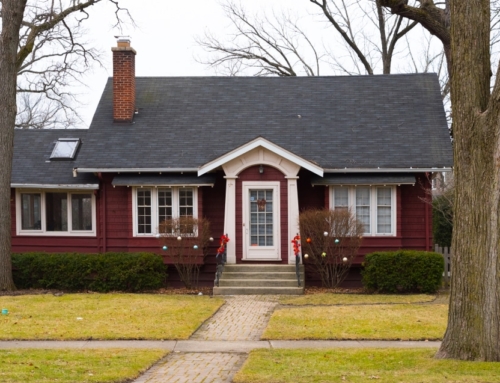DIY at the Dinner Table: Saving Money with a Veggie and Herb Garden
It only takes a quick walk through your grocery store’s produce section to see why so many families (and even many schools) are growing their own veggies and herbs: $3 for a small head of lettuce, $2 for a handful of parsley, and so on. Plus, a lot of grocery store produce tastes bland. Give me a juicy, flavorful, homegrown tomato any day.
If you’re ready to start your own garden, here’s how to do it economically and simply.
Start small. I know: You’re anxious to see your kitchen overflowing with your own produce. But it takes work to plant, weed, and water even a small garden. If you bite off more than you can chew, garden-wise, you’ll be wishing you could compost half of it by the middle of August. So start smaller than you’d like, and expand year by year. A well-regarded book for starting a small garden is All New Square-Foot Gardening by Mel Bartholomew.
Follow the sun. Most veggies need six or more hours of direct sunlight daily. Your best bet for your garden is to choose a south-facing location without many trees.
Be creative about where you plant. If you don’t have an open spot for a traditional garden plot, don’t worry. Line your front sidewalk or parking strip with colorful edibles instead of perennials or boring grass. Tuck some tomatoes and basil among otherwise-ornamental plants. Fill a few pots with herbs and place them on a sunny patio.
Train pint-sized farmers. Kids love watering pots, weeding gardens, and—of course—helping you harvest the goodies once they’re ripe. My eldest daughter finally decided she liked arugula after she got to grow and harvest it herself!
Know what grows. Focus on vegetables and herbs that grow well in your climate. Your local plant nursery or county extension service can give you good advice.
Go low-maintenance. Take it from a lazy gardener: You’ll like your garden much more in late summer if it doesn’t monopolize all of your outdoor time. Minimize your work by amending the soil upfront with compost, adding easy drip irrigation, and using floating barriers to keep out insects.
Track your ROI (return on investment). It’s encouraging to see how much you can save in a year by growing your own produce instead of buying it. Follow the example of the GetRichSlowly blog and keep track of your seed, plant, and materials costs. As you harvest, weigh your plants and keep a tally. Then check with your local grocer to get its per-pound costs for the items you grew. When you see the value of your little garden, you’ll have even more incentive to plant again next year!
Teri Cettina is a mom of two daughters and freelance writer who specializes in personal finance and parenting topics. She blogs at Your Family Money. Follow her on Twitter: @TeriCettina.





